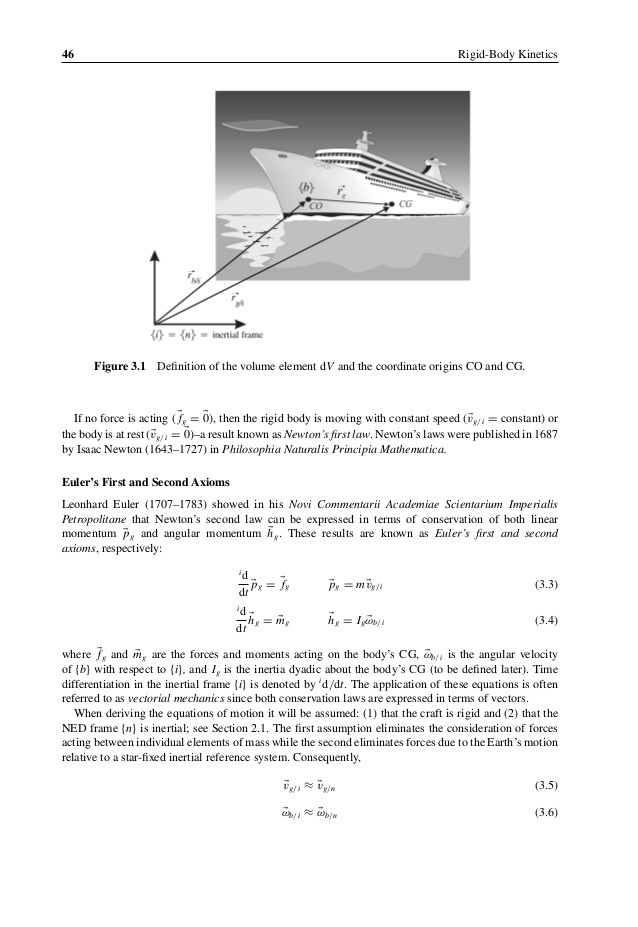Statement 133 Implementation Issue No B31
Post on: 9 Июль, 2015 No Comment

Statement 133 Implementation Issue No. B31
Affected by:
FASB Statement No. 149, Amendment of Statement 133 on Derivative Instruments and Hedging Activities, and FASB Staff Position FTB 85-4-1, “Accounting for Life Settlement Contracts by Third-Party Investors”
(Revised March 27, 2006)
QUESTIONS
- From the policyholder’s perspective, do life insurance contracts that are within the scope of FASB Technical Bulletin No. 85-4, Accounting for Purchases of Life Insurance, qualify for the embedded derivative scope exception in paragraph 12(b) of Statement 133 for contracts that are carried at fair value?
BACKGROUND
The accounting for purchases of life insurance contracts commonly referred to as COLI (corporate-owned life insurance), BOLI (business-owned life insurance), or key-man insurance is addressed by Technical Bulletin 85-4. That Technical Bulletin requires that the amount that could be realized under the insurance contract as of the date of the statement of financial position should be reported as an asset. The change in cash surrender or contract value during the period is an adjustment of premiums paid in determining the expense or income to be recognized under the contract for the period (refer to paragraph 2). Although the asset is not specifically remeasured at fair value with changes reported in earnings, the amount recorded may at times be close to fair value.
Paragraph 12 of Statement 133 provides criteria for determining when the derivative-like provisions of a nonderivative contract should be separated from the host contract and accounted for as a derivative. Some constituents have questioned whether a life insurance policy that provides for a cash surrender value that is periodically adjusted to reflect the return on a portfolio of equity securities should be accounted for as containing an embedded derivative that warrants separate accounting under paragraph 12.
RESPONSE
Question 1
A policyholder’s investment in a life insurance contract that is subject to Technical Bulletin 85-4 is reported at net realizable value (cash surrender value), which does not equal fair value (even though the amount may at times be close to fair value). Therefore, the investment in a life insurance contract does not qualify for the embedded derivative scope exception in paragraph 12(b) of Statement 133 applicable to contracts that are carried at fair value with changes in value recorded in earnings.

Question 2
From the policyholder’s perspective, the application of Technical Bulletin 85-4 to the host contract (the life insurance contract absent the embedded derivative that is accounted for separately) cannot be accomplished because the hypothetical host contract has no stated cash surrender value. The policyholder should account for its investment in a life insurance contract in its entirety pursuant to the provisions of Technical Bulletin 85-4, even if the insurance contract includes derivative-like provisions that would otherwise require separate accounting as a derivative under paragraph 12 of Statement 133. The policyholder should not apply the embedded derivative provisions of Statement 133 to a life insurance contract that is subject to Technical Bulletin 85-4.
This guidance applies only to the accounting by the policyholder and does not affect the accounting by the insurer.
At its July 11, 2001 meeting, the Board reached the above answer. Statement 149 amended Statement 133 to add a new scope exception in paragraph 10(g), which states:
g. Investments in life insurance. A policyholder’s investment in a life insurance contract that is accounted for under FASB Technical Bulletin No. 85-4, Accounting for Purchases of Life Insurance, or FASB Staff Position FTB 85-4-1, “Accounting for Life Settlement Contracts by Third-Party Investors,” is not subject to this Statement. This [exception] does not affect the accounting by the issuer of the life insurance contract.
The guidance in this Issue should not be applied by analogy to contracts that are not life insurance contracts subject to the provisions of Technical Bulletin 85-4.
EFFECTIVE DATE AND TRANSITION
The effective date of implementation guidance in this Issue for each reporting entity is the first day of its first fiscal quarter beginning after July 12, 2001, the date that the Board-cleared guidance has been posted on the FASB website. Earlier application as of the first day of an earlier fiscal quarter for which financial statements have not been issued is permitted provided that the entity had not designated the embedded derivative (in the life insurance contract) that had been accounted for separately as the hedging instrument in a cash flow hedge for any part of that earlier fiscal quarter. The revisions made on March 26, 2003, do not affect the effective date.
At the date of initial adoption of the guidance (the first day of a fiscal quarter), the host contract and the related embedded derivative should be combined and accounted for as a single investment in life insurance; the adjustment (if any) of the combined carrying amounts to the cash surrender value of that investment in life insurance should be reported as a cumulative-effect-type adjustment of net income (even if the derivative had been accounted for under Statement 133 as the hedging instrument in a cash flow hedge in a previous period).
The above response has been authored by the FASB staff and represents the staff’s views, although the Board has discussed the above response at a public meeting and chosen not to object to dissemination of that response. Official positions of the FASB are determined only after extensive due process and deliberation.














